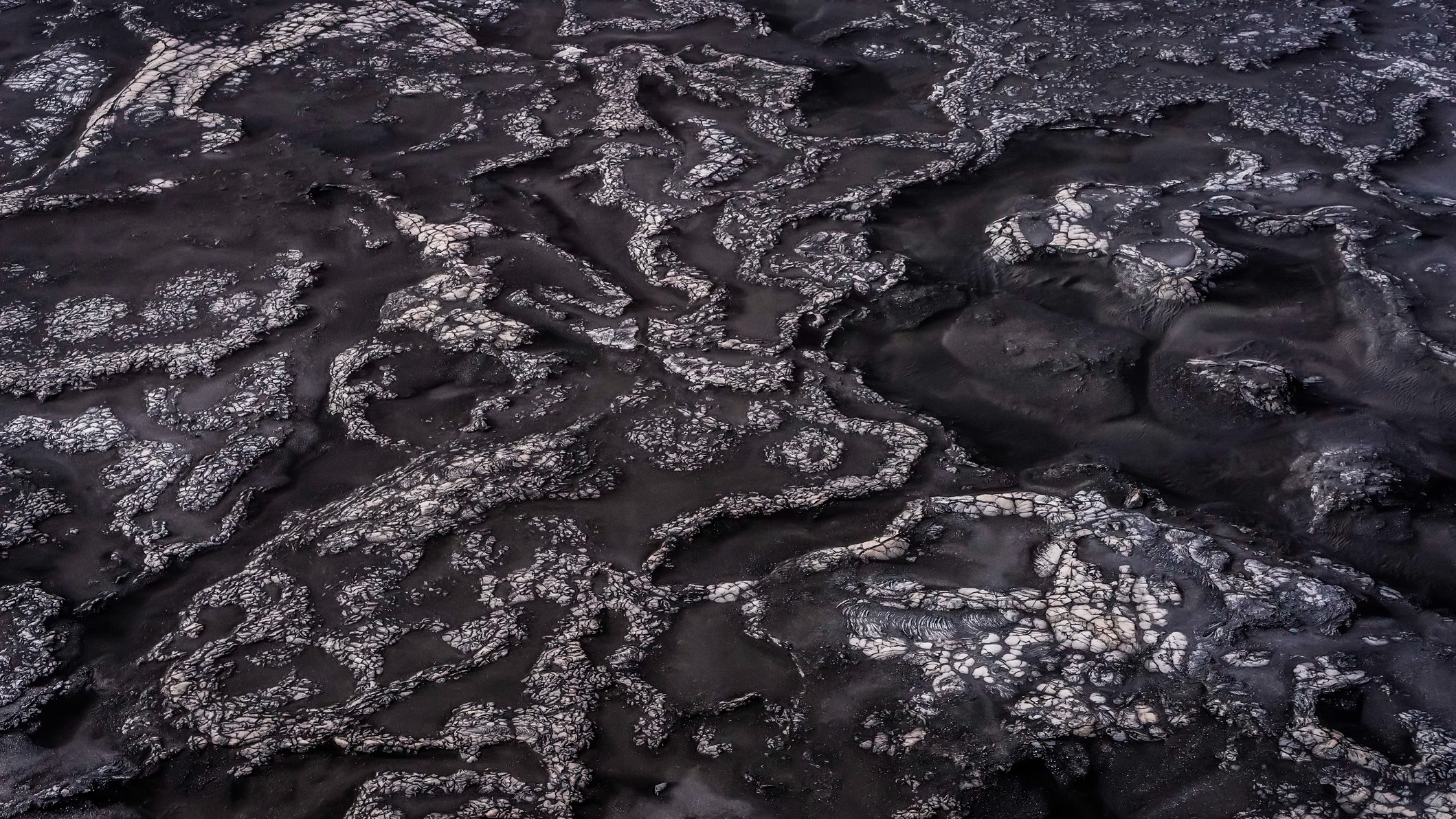
An "unusually large" ice volcano in Iceland could be about to blow after more than 130 earthquakes hit the region in a five-hour period, experts say.
The earthquake swarm began in the northwestern region of Iceland's Bárðarbunga volcano at 6:00 a.m. local time Tuesday morning (Jan. 14), with the largest reaching a magnitude of 5.1 at 8:05 a.m, the Icelandic Met Office (IMO) said in a statement on Jan. 14.
"The volcano is unusually large, with several possible scenarios for future developments," IMO representatives said.
When did the Bárðarbunga last erupt?
The Bárðarbunga volcano system, which lies along Iceland's Eastern Volcanic Zone, is the longest and one of the most active volcanic systems in Iceland, according to IMO. The area measures about 120 miles (190 kilometers) long and 16 miles (25 km) wide and is formed around a central volcano, also called Bárðarbunga, which reaches 6,598 feet (2,009 meters) above sea level. The volcano is mostly covered by a glacier, and its 25-square-mile (65 square kilometers) caldera is filled with ice.
The volcano's most recent eruption — from August 2014 through to February 2015 — was the largest outbreak in Iceland for more than 300 years. The eruption began when a large fissure opened up about 30 miles (45 km) northeast of the volcano's caldera and created a large lava field known as Holuhraun, which translates to "the hollow lava," according to Visit Iceland.
Related: The 12 biggest volcanic eruptions in recorded history
The eruption spread lava across an area larger than Manhattan Island and spewed toxic gas across Iceland and Europe. The recent swarm of earthquakes is the most significant activity from the volcano since this eruption, IMO representatives said.
Bárðarbunga is a stratovolcano — a type of cone-shaped volcano, also known as a composite volcano, that can suffer violent, explosive eruptions. However, the IMO said that it was difficult to predict exactly how the volcano's activity would develop at this point.
What will happen if the Bárðarbunga volcano erupts?
"Bárðarbunga is unique in that it is an unusually large volcanic system, partly covered by a glacier, and several scenarios are possible," IMO representatives said.
One possibility is that eruptions will occur outside of the volcano's caldera, similar to the previous eruption in 2014. However, the volcano could erupt beneath the glacier within the caldera itself, potentially triggering explosive ash emissions and glacial outburst floods.
The earthquake swarm comes on the back of months of increased seismic activity from the volcano.
IMO is monitoring the area closely, the service noted in the statement.







